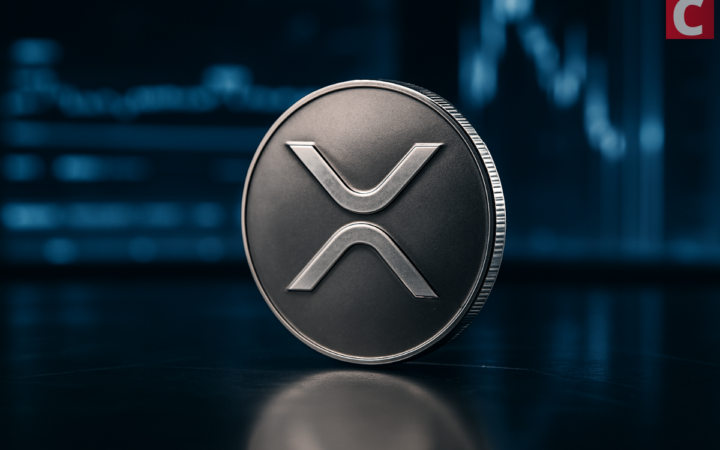
Analysts Predict a 3500% Price Surge for Collateral Network (COLT), while Cardano (ADA) and Polygon (MATIC) Investors Drop Their Holdings

Balaji Srinivasan’s famous $1 million Bitcoin bet within 90 days has reignited the inflation hedge narrative, and money floods into digital assets. Analysts have predicted a 3500% surge for Collateral Network (COLT), a new challenger lender, and Cardano (ADA) and Polygon (MATIC) holders are rapidly dropping their holdings in favor of this new protocol.
Collateral Network (COLT)
Collateral Network (COLT) is a Web3 peer-to-peer lending protocol redefining the lending industry. Collateral Network (COLT) allows users to unlock liquidity from real-world assets bringing massive amounts of value on-chain and opening up new liquidity options for asset owners.
Collateral Network (COLT) leverages 100% asset-backed NFTs, which are minted when the owner deposits the item and then can be used to access crowdsourced liquidity. Collateral Network (COLT) is a multi-sided platform offering institutional-level liquidity, cross-chain functionality to lenders and borrowers, and unlocking new liquidity streams.
Lenders earn passive income by supplying to borrowers, and borrowers access capital transparently and privately without a credit footprint. Collateral Network’s (COLT) marketplace allows these groups to interact, and COLT token holders receive discounts on trading fees (lenders) and borrowing fees (borrowers). Additionally, COLT holders gain access to auctions, and COLT can be staked for additional passive income by providing liquidity to the loan book.
Collateral Network (COLT) leads a new era of lending, and the 35x predicted by analysts will be the start. COLT is expected to rally much harder when it lists on centralized exchanges, and therefore, it is no surprise that Cardano (ADA) and Polygon (MATIC) holders are rotating into COLT.
Cardano (ADA)
Cardano (ADA) recently announced that its 2023 summit will be held in November. However, Cardano (ADA) has steadily been losing ground, and many analysts believe Cardano (ADA) will fall out of the top ten in the next bull run.
Cardano’s (ADA) failure to create a DeFi ecosystem could be its downfall. Compounding the issues this outdated layer one faces are the rapid advancement of technologically superior layer ones and the growing force of layer two scaling solutions.
Price predictions for Cardano (ADA) remain cautious and generally bearish, with analysts predicting Cardano (ADA) will trade between $0.45 and $0.51 in 2023 – barely any upside potential from Cardano’s (ADA) current price of $0.40.
Polygon (MATIC)
Polygon (MATIC) recently launched its zk-evm and formally entered the layer two scaling race. Polygon (MATIC) enjoyed a rally, but many investors believe it is currently over-extended and a pullback is coming. Price predictions for Polygon (MATIC) similarly are cautious, with analysts forecasting a range of $1.36 and $1.66 for Polygon (MATIC) in 2023.
Polygon (MATIC) does have an impressive suite of products centered on scaling Ethereum, but Polygon (MATIC) has to compete with new teams such as Arbitrum (ARB), Optimism (OP), and zkSync which are currently dominating the layer two space. Polygon (MATIC) holders want something more explosive and disruptive, and on-chain data shows they are selling MATIC and buying COLT.
Find out more about the Collateral Network here: Website, Presale, Telegram, Twitter.
Disclaimer: This publication is sponsored. Coinspeaker does not endorse or assume responsibility for the content, accuracy, quality, advertising, products, or other materials on this web page. Readers are advised to conduct their own research before engaging with any company mentioned. Please note that the featured information is not intended as, and shall not be understood or construed as legal, tax, investment, financial, or other advice. Nothing contained on this web page constitutes a solicitation, recommendation, endorsement, or offer by Coinspeaker or any third party service provider to buy or sell any cryptoassets or other financial instruments. Crypto assets are a high-risk investment. You should consider whether you understand the possibility of losing money due to leverage. None of the material should be considered as investment advice. Coinspeaker shall not be held liable, directly or indirectly, for any damages or losses arising from the use or reliance on any content, goods, or services featured on this web page.




